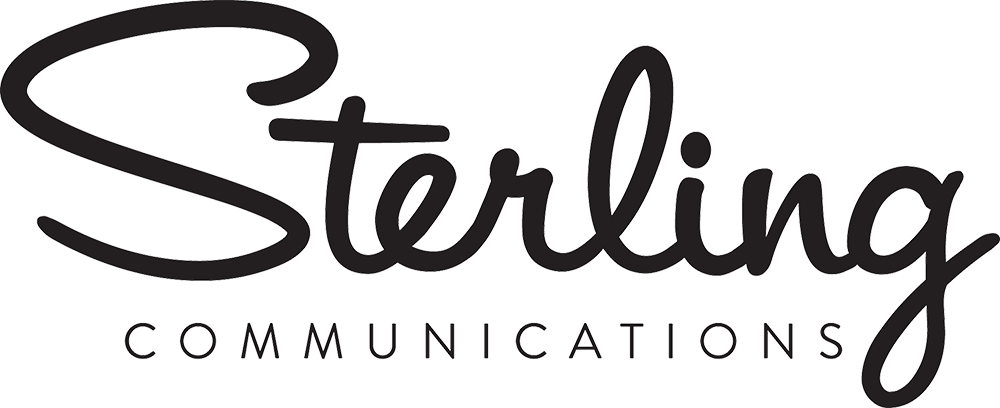The humble webinar is a great way to take a presentation online and make it a real-time conversation and lead generator. Webinars are excellent for engaging and educating a broad audience — and an attractive source of content about your organization.
But orchestrating a webinar can seem daunting. Here are seven steps to webinar success that will make the process clear:
1. Pick a webinar topic that highlights your expertise.
Your topic will be determined by what your company does and what you feel is important to communicate — but also what your audience wants to know. Select a speaker/host for the webinar who is comfortable with the material, very knowledgeable about the topic and related issues, and able to anticipate and answer audience questions.
2. Choose a platform.
There are a multitude of accessible platform options for conducting and hosting webinars (Zoom, Vimeo, LinkedIn, YouTube, Brighttalk, etc.). Your selection criteria should include determining the anticipated number of participants/audience, the desired webinar format (single speaker, panel, partially pre-recorded, entirely livestream, etc.), any interactivity options (audience polls, Q&A, chat windows), and reporting/analytics/lead-gen feature integration. Most importantly, favor tools and software familiar to your organization.
3. Create visually appealing graphics and/or slide deck.
The visual elements of webinars are key. A slide deck is an excellent way to organize the flow of your presentation and keep your audience engaged. Limit text to key points and use clear images, charts, or graphics that highlight messages and/or supply context.
4. Promote and publicize your webinar.
Conduct audience outreach for webinar attendees with tools like Google Ads, social media posts, and forum notices. Utilize existing digital marketing tools and programs to make registration easy (for example, a blog entry with registration and calendar links on your website or a newsletter announcement promoting the webinar).
5. Assign roles.
In addition to speaker(s), you will want to have at least one person logged in as an attendee who can keep the speaker updated on what the webinar looks like from the audience’s perspective, manage time, and moderate/feed audience questions or feedback to those on camera.
6. Practice and execute.
It’s a good idea to conduct a run-through a couple of days before presenting the webinar to minimize any potential issues and ensure speakers/moderators are comfortable with the process. Having someone on the team who is very familiar with the software and platform in case of any technical difficulties is also important. If you do experience technical difficulties, one of the beauties of webinars is that they’re pretty easy to reschedule since they are virtual events.
7. Collect webinar feedback.
We suggest conducting an audience survey at the end of the webinar or immediately afterward through your selected platform (or, if necessary, with a third-party service such as SurveyMonkey or Mailchimp). Soliciting input from attendees cements engagement. It can also help you refine future webinars and identify future topics of interest to your target audience.
After a successful webinar, it’s also a great idea to host a tagged recording of it on your website for SEO and email a link to the page to attendees so they can rewatch or share the recorded webinar.
If you are interested in learning more about webinars, we’re here to help! Reach out to us at go@sterlingpr.com.

